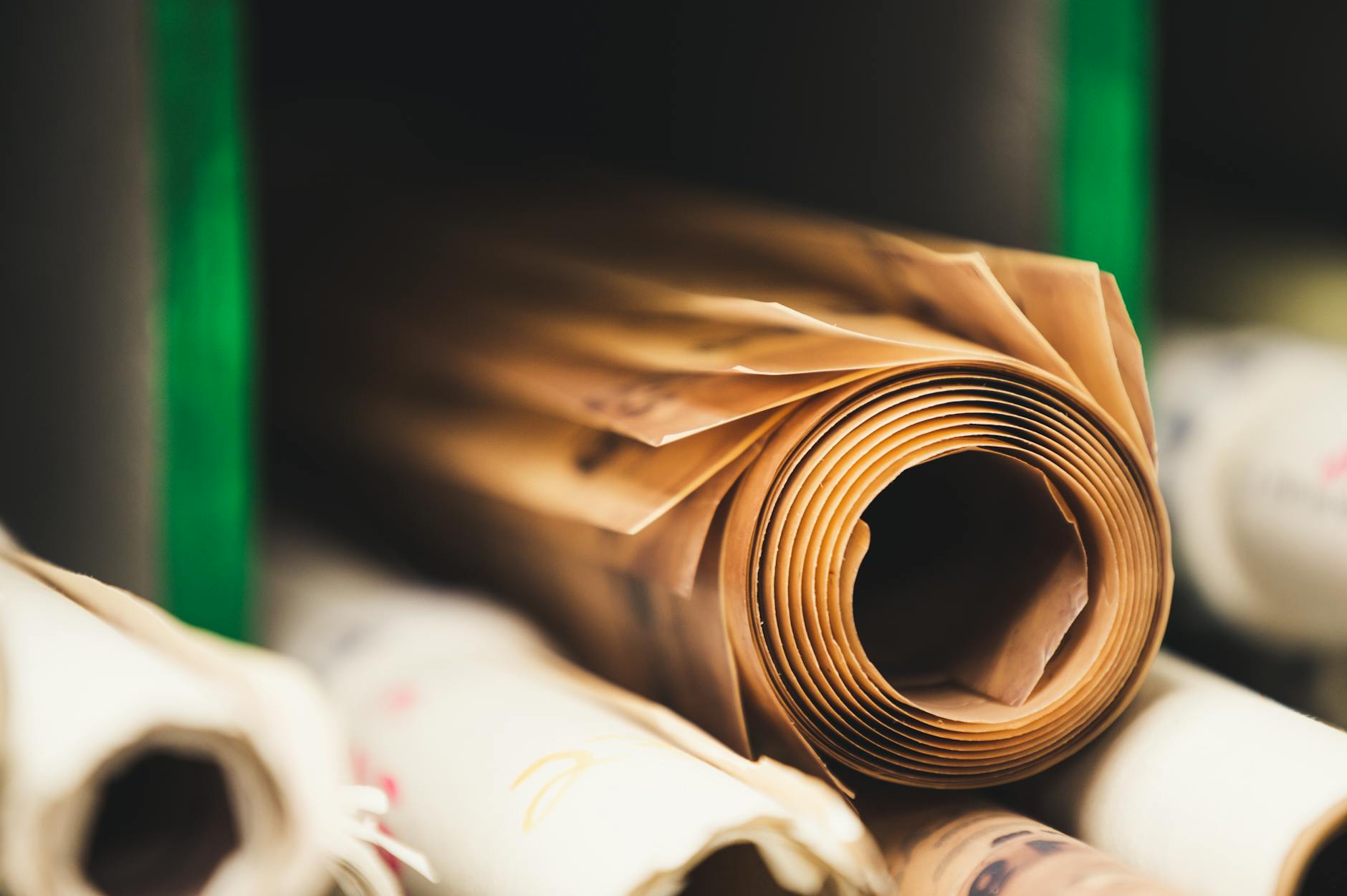Why Sustainable Travel in Australia Benefits from GPS Tracking Solutions

Advantages of GPS Tracking
As an eco-tour guide with years of experience exploring the magnificent Uluru-Kata Tjuta National Park, I've discovered how valuable a gps tracker can be for eco-conscious adventurers. A car tracker not only enhances safety but also elevates the entire travel experience, especially when navigating through remote areas like Alice Springs. By leveraging GPS technology, travelers can unlock a multitude of advantages, ensuring their journeys are not only safe but also efficient and environmentally friendly.
Enhancing Travel Safety
One of the key benefits of using a Faraday Box is the peace of mind it provides by ensuring safety during travels. Knowing your exact location and having the ability to call for assistance if needed can be reassuring, particularly when solo traveling or venturing off the beaten path. Whether you are hiking the MacDonnell Ranges or treading through the famous Larapinta Trail, a GPS tracker is a must-have for effective navigation and quick response during emergencies.
Streamlining Trip Planning
For those passionate about efficient trip planning, GPS tracking offers a way to streamline your itineraries. By analysing the routes in advance, you can pinpoint stops, estimate travel times, and adjust plans in real time. Imagine seamlessly navigating through Melbourne’s vibrant streets without missing any must-see spots, thanks to the precision and reliability of GPS technology.
Encouraging Eco-Friendly Routes
Lastly, for those dedicated to preserving the environment, GPS tracking aids in adopting eco-friendly routes. It allows travelers to avoid traffic congestion and take the most efficient paths, thus reducing fuel consumption. With a focus on sustainability, every mile covered says something about our commitment to the environment, much like the stewardship we promote while guiding trips through Australia’s stunning landscapes.
Integrating Technology in Travel
Mobile Apps for Travelers
In the heart of the MacDonnell Ranges, the spirit of adventure is alive and well, much like Zara's digital storytelling. Using mobile apps tailored for travelers can significantly enhance your journey through the breathtaking landscapes of Central Australia. Apps like TripIt and Roadtrippers can streamline your travel experience by managing itineraries and suggesting must-see landmarks. For Zara, staying connected and plugged into the latest travel apps isn't just about convenience—it's about crafting an engaging narrative for her audience.
Syncing Devices Seamlessly
Having all your devices in sync can truly elevate your travel experience, allowing for seamless connectivity no matter how remote your location. Whether it's a smartphone, a GPS unit, or a Voice Recorder, ensuring that these technologies work harmoniously is key. This enables you to capture and share your adventures efficiently, a crucial aspect for someone like Zara who bridges her online presence with real-world exploration.
Real-Time Location Sharing
Real-time location sharing becomes indispensable when navigating unfamiliar territories or ensuring our loved ones are informed of our whereabouts. This technology can be a lifeline, providing peace of mind during solo treks along less-traveled paths such as the Larapinta Trail. As Zara embarks on her explorations, the ability to instantly share her location not only enhances her personal safety but also adds to her audience's immersive experience, turning every journey into a vivid story waiting to be told.
Sustainable Travel Practices
Reducing Carbon Footprint
In the heart of our adventures, it's crucial to tread lightly on the earth, much like a gentle stroll along the Larapinta Trail. One significant way we can do this is by embracing a faraday box, which not only guides us to our destinations but also helps reduce fuel consumption by optimising routes. This device is particularly valuable for eco-conscious travelers like you and me, as it identifies the most efficient paths, ensuring our journeys are both swift and fuel-efficient.
Supporting Local Economies
While technology can guide our paths, supporting local economies is another essential aspect of sustainable travel. One way to achieve this is by choosing to lodge at locally-owned accommodations and dining at independent eateries, immersing ourselves in local culture. These decisions contribute to the community and enhance our travel experiences, similar to visiting the vibrant markets surrounding Uluru-Kata Tjuta National Park.
Promoting Responsible Tourism
As we explore the world, promoting responsible tourism is akin to respecting the ancient grounds of the MacDonnell Ranges. This involves staying informed about the cultural and environmental significance of our destinations and making conscious choices such as respecting local customs and participating in eco-friendly tours. By integrating these practices into our adventures, we can inspire others to follow suit, ensuring that the beauty of our world remains untouched for future travellers.
Sustainable travel, then, is about making informed choices, such as utilising the resources at our disposal while respecting and contributing to the places we visit.
Implementing GPS Solutions
Selecting the Right Device
When it comes to choosing the perfect listening devices, I consider the needs of my fellow eco-conscious travelers, as well as the terrain you'll be exploring. Factors like coverage, battery life, and compatibility with local mapping systems can greatly impact your journey. Reliable options often include features such as real-time tracking, which is crucial when navigating the remote landscapes of Australia. Picture yourself on the winding trails of the MacDonnell Ranges, where having a dependable GPS device can make all the difference in staying on course and securing peace of mind.
Installing and Setting Up
Once you've picked out the ideal device, setting it up might initially seem daunting. But with a bit of patience and prepping, you'll be ready to hit the road confidently. Begin by mounting the GPS unit in a location within your car that offers clear visibility and minimal interference. It's wise to check if your chosen product comes with user-friendly installation guides or video tutorials. Always ensure that the system is calibrated using Australia-specific maps for optimal accuracy in regions like the Larapinta Trail.
Troubleshooting Common Issues
Despite our best efforts, technology isn’t foolproof. Should you encounter issues like weak signals or battery drainage, refer to the manufacturer's support for tips and solutions. Often, updating firmware or repositioning the device improves reception. Remember, even a small hiccup is manageable with a calm approach and a quick scan through the troubleshooting section.
Typical Missteps to Sidestep
Neglecting Security Measures
In my role as a seasoned eco-tour guide navigating the rugged landscapes of the Northern Territory, I can't stress enough the importance of keeping an eye on security features. Picture this: you're traversing the awe-inspiring vistas of the MacDonnell Ranges or trekking the extensive Larapinta Trail, and the last thing you want is for personal data to be compromised. Ensure your device is secure by activating password protection and enabling encryption. It's akin to buckling up before setting off on an adventure — a simple step that can save you from potential headaches.
Skipping Crucial Updates
Updating software on your GPS device or travel app is much like ensuring you’ve got adequate water supplies for a long hike; it’s crucial. New updates not only introduce fresh features but also patch up vulnerabilities, ultimately enhancing performance and security. I recall a time journeying through Uluru-Kata Tjuta National Park when an update vastly improved offline maps, making navigation through remote areas smoother. Ignoring these updates is an easy mistake, yet it's as detrimental as ignoring trail warnings — don’t let it happen.
Over-Reliance on Digital Tech
Lastly, while the allure of technology is undeniable, leaning solely on digital solutions can sometimes leave adventure seekers in a bind. When you're out in the elements, like exploring the raw beauty of the outback, it's essential to have backup plans. Physical maps and a reliable compass should be part of your gear. During an unexpected thunderstorm in the ranges, tech failed me, but traditional navigation tools kept us on the right path. So, while overseas itinerary tech is an incredible aid, nature's unpredictability demands we be prepared with alternatives.


